Archived Blogs
|
We have it wrong. We bide our time waiting for that special moment... The wedding. The job promotion. The graduation. Life events that we believe will lead to idyllic happiness. And somehow, magically, we expect that feeling will freeze and stay with us forever. I learned about the notion of Mono no Aware when I went to see the Japanese Garden in Fort Worth. I’ve consulted many sources on the internet trying to understand the concept and here is what I’ve come to understand: It’s an awareness, a sadness or deep emotion, felt when we recognize the transient nature of people and things around us. Japanese gardens are known for the serenity they create in us. They are simple and deliberate in their design, featuring maples, magnolias, bamboo and bridges over koi ponds. Instead of merely observing these gardens, they’re meant to be experienced and they’re known for instilling a tranquil mood in the visitor. Various shades of green leaves soothe and rippling water pacifies. Flowers, with their bold bright colors, are not welcome here. Cherry blossoms are an exception. In the spring, for two weeks only, these pale pink flowers bloom in abundance. And when people describe what Mono no Aware means, they point to this flower and its short season. Our lives change constantly and most of us live in denial, believing that we can reach a state of happiness once some event occurs or some person enters our lives. Mono no Aware is a acknowledgement that suffering occurs because we fail to recognize that things and people that we love will leave us. It’s a declaration that fragility and brevity are fundamental to our appreciation. It’s a bittersweet feeling, a recognition that our time with our friends, family, is short. What if you knew, and accepted, that every relationship, every job, every object had a ‘expiration date’. Your favorite car will eventually fall apart. Your college friends will lose touch with you. The blossoms from your beloved cherry tree will fall to the ground and drift away Your loved one will die. Everything comes to an end. Knowing this…
So shouldn’t we love more extravagantly? Wildly appreciate our friends? Derive the greatest joy from our treasured possessions? It’s a lesson and the cherry tree blooms every year to remind us.
0 Comments
In medical school, professors rolled their eyes as they explained historical cures that were once used to treat patients. Blood-letting, leeches, maggots, even packing a woman’s birth canal with dirt and leaves after childbirth. It sounded horrifying. Luckily, we’ve abandoned those medieval remedies, right? Not exactly. There’s the condition called polycythemia vera… It’s when your body produces too many red cells. The blood gets too thick and can cause a ‘traffic jam’ in your blood vessels which can lead to a stroke. The primary method of treating this condition is phlebotomy. Otherwise known as blood-letting. And you’ve probably heard that doctors are using leeches and maggots again. Leeches act as an artificial vein, removing old or excess blood that would interfere with a delicate surgery like a finger implantation after an amputation. And maggots? They clean wounds, removing decaying tissue and sparing the healthy, better than any surgeon can. But dirt? Surely, there’s no need for that in modern medicine? Let me tell you about some special dirt. It’s found in the Boho Highlands of Fermanagh in Northern Island and it’s been known to cure some infections. Interested? Let me give you some background. Streptomyces is a bacteria. (Even though it looks quite a bit like a fungus) It turns out to be quite old, evolving over 450 million years ago. It’s also quite special. Streptomyces is the source of many antibiotics. This bacteria secretes antibiotics to protect itself from a bacterial invasion during its growth cycle. Fascinating, right? Antibiotics that we use today, like chloramphicol, rifampicin, vancomycin, daunomycin and clavulanic acid, come from streptomycetes and their close relatives. We all know the importance of antibiotics in fighting infections. And most people realize that we’re facing more drug-resistant bacteria. We’re waiting for some company to create new antibiotics to fight those superbugs. But we might have a long wait. Why? It’s related to the finances of developing a new drug. (It’s always about money) It takes about ten years to develop a drug and then do rigorous testing of that new medicine. That’s a lot of money tied in research. Now imagine that your new drug, a splendid shiny new antibiotic, is released to the world. Infectious disease experts are impressed and excited about this new cure. What do they do? They immediately shout out: “Don’t use this antibiotic!” HUH? Here’s why. They want to save this impressive new cure for the worst of the infections. If everyone takes this new antibiotic for their sore toe or red throat, the bacteria will become resistant to it, too. It will no longer be as effective as it once was. But what company would invest in a medicine where the experts advise the primary care doctors not to use it? It make far more financial sense to develop a medical solution for high blood pressure or acid reflux. A drug they can make lots and lots of money on. So, we're running out of antibiotics. And that’s a big deal. And we may have to go back to how we treated serious infections centuries ago. Surgery--A surgeon cuts out the infection. “A chance to cut is a chance to cure,” I learned in medical school. Oddly, A Chance to Cut is a Chance to Cure is also a music album. It features sounds from surgeries—liposuctions and bone saws—mixed in with electric guitars and synthesizers. It actually received good reviews…
Here’s an example of their music. Here's another one...but it's only for the brave (and not squeamish) Back to the subject at hand. I’m hoping we don’t have to revert to ‘cutting’ out infections. In Ireland, the land of leprechauns and four-leafed clovers, they’ve found something in the soil that may be helpful against our fight against the super bugs. A new species of Streptomyces, one that stops the growth of 4 of 6 of the ESKAPE bacteria (the first letter of their name=ESKAPE) These bacteria: Enterococcus faecium, Staphylococcus aureus, Klebsiella pneumoniae, Acinetobacter baumannii, Pseudomonas aeruginosa, and species belonging to the Enterobacter genus are known for being highly resistant to our current antibiotics and are the leading cause for hospital acquired infections around the world. I’m not sure who thought to look in the dirt for a solution to our dire need to fight resistant bacteria but I found a quote that helps put it in perspective…. I'm Irish. We think sideways. Spike Milligan Raising a teenager is hard work. It’s a training ground for adulthood with children who feel that since their bodies have expanded to grown-up proportions they've, therefore, earned the rights of their elders. I wished that someone had taken my children aside and explained some things…someone like Samuel Clemens (Mark Twain) “Always obey your parents — when they are present. Most parents think they know more than you do, and you can generally make more by humoring that superstition than you can by acting on your own better judgment.” I did my best with their life lessons. Like the time I tried guiding my son through his first argument with his girlfriend. “She’s not speaking to me,” he said. “Apologize,” I advised. “But I don’t even know what I did wrong.” “Give her flowers,” my daughter chimed in, “and then ask her.” Driving had its challenges too. But it wasn’t just speeding, or icy roads, that I wanted to warn him about. Before even allowing him behind the wheel I advised him, “If you see a woman with a stroller or holding a toddler’s hand, bring the car to stop far away from her.” My son drew his brows together. “But, why?” “Because they’ll assume that you’re threatening their children and death rays will fly from their eyes.” “That’s stupid, mom.” It happened just as I foretold. We were in the Target parking lot and my son pulled to a stop to allow a mother to cross with her children. But the distance was not great enough. The woman’s hands never left the stroller but her head pivoted to identify the threat. With eyes that could tear holes into a brick wall, she pinned my son to the back of his seat…daring him to move one inch closer to her babies. My son swallowed hard. “That was it, wasn’t it?” “Yes.” I patted his arm to let him know that he’d be okay. “Don’t mess with moms, sweetie. Ever.” My daughter’s lessons were different and often felt more like negotiations. “If you can go an entire year without buying any new clothes, I will let you get that tattoo. Prove to me that, in a year from now, you will still like to wear the same outfits and I will pay for it myself.” I promised her. “Think of it this way, a tattoo is a permanent fashion decision.” She lasted two weeks. And she never asked for a tattoo again. She outfoxed me, fair and square, when it came to the nose piercing. A small gemstone followed her past high school and through college. It didn't disappear until she entered into her career. When she went on her first official date, I was honest with her and did exactly what my mom did on my first date. “Invite him in,” I requested, “And then distract him for a moment. Get him a drink or something.” “But, why?” “I need time to slip out the back, go around the house and jot down his license plate. In case I have to talk to the police.” She rolled her eyes and shook her head. But she did it. There are some lessons that we teach and we don’t even know it. Last weekend I learned about one of them.
The pastor at my daughter’s church asked everyone to close their eyes and think back to a time when they felt unloved. She called me and told me about it. “Never,” she said. “I’ve lived my entire life and have never experienced a single moment where I didn’t feel loved.” “That’s right,” I said with a throat that felt suddenly tight. “And you never will.” Greta Thunberg is a fifteen year old Swedish girl who has given a TED talk about climate change. She’s influenced other kids to skip school on Fridays to raise awareness about the problem. I wrote about her here. Now, I want to tell you about Kelsey Juliana. She’s a University of Oregon student who’s one of twenty one kids (ages 11-22) suing the US saying that the government knowingly failed to protect them from climate change. They come from ten different states and the youngest is in sixth grade. The plaintiffs (the children), led by a legal team, are arguing that a safe climate is a civil right. They want clean air and water and would like to avoid the famines, floods and fires predicted if we don’t start changing our ways. I can’t blame them. There has actually been multiple climate change lawsuits already. So, why is this one different? First- They’re not seeking money for damages. They’re trying to force the government to make changes in order to decrease our CO2 emissions. Second- They’ve already survived several legal battles and motions to dismiss and gone further than other similar lawsuits in the past. The lawsuit was filed in 2015 and initially the fossil fuel industry intervened, joining the US government in an attempt to get the case dismissed. They failed. Later, in 2017, the fossil fuel defendants asked to be released from the case. Why would they do that? A Washington Post article explained that it was likely to avoid “questions about the industry’s position on the effects of climate change on water supplies, agriculture and other natural systems, as well as the ability of human societies and natural ecosystems to adapt.” They would be forced to tell the truth, in court, about the effects fossil fuels are having on our world. The government has tried to prevent this lawsuit from ever coming to court. In an article on forbes.com, Jame Conca wrote reported that one of the 19 year old plaintiffs said: “The lengths my own government is going to to get this case thrown out and avoid trial is absurd and offensive. This case is not about money. This is not about the 'harms to the government' or how much money the government has paid its experts or how many hours their lawyers have to work. This is about my future and the future of our youngest generations. This is about fundamental constitutional rights of children. We are simply asking for our right to be heard.” Since 2017, the courts have been ruling on motions causing a delay from the original trial date of Feb 5, 2018. But why delay it?
Julia Olson, an Oregon lawyer, explained in a Sixty Minutes episode. The US government admits “that the government has known for over 50 years that burning fossil fuels would cause climate change. And they don't dispute that we are in a danger zone on climate change. And they don't dispute that climate change is a national security threat and a threat to our economy and a threat to people's lives and safety. They do not dispute any of those facts of the case.” So, if you don’t believe in climate change, I have news for you. Our own US government recognizes that climate change will be catastrophic problem. For fifty years, since President Lyndon Johnson was in office, both Democrats and Republican presidents have known that burning fossil fuels was causing climate change. And they’ve failed to address it. Steve Kroft (Sixty Minutes) summarized why its a big deal to keep it out of the courts, “You're talking about a case that could change economics in this country.” Without a doubt, addressing climate change would be a massive financial endeavor. But what if, like the FDR’s New Deal and the war that followed, this serves as an economic stimulus to our government? And more importantly, do we even have a choice? Don’t we owe it to our children and grandchildren to make changes to protect their world? Julia Olson says that the government does not want to go to court “Because they will lose on the evidence that will be presented at trial.” As usual, I stand on the side of the kids...the one's fighting to save us all. If you’re a kid and want to add your name to the list of those concerned about the climate and in support of Kelsey Juliana, you can do that HERE. |
Archives
October 2020
Categories |
COPYRIGHT 2017 SUSAN BADARACCO | Site Credits

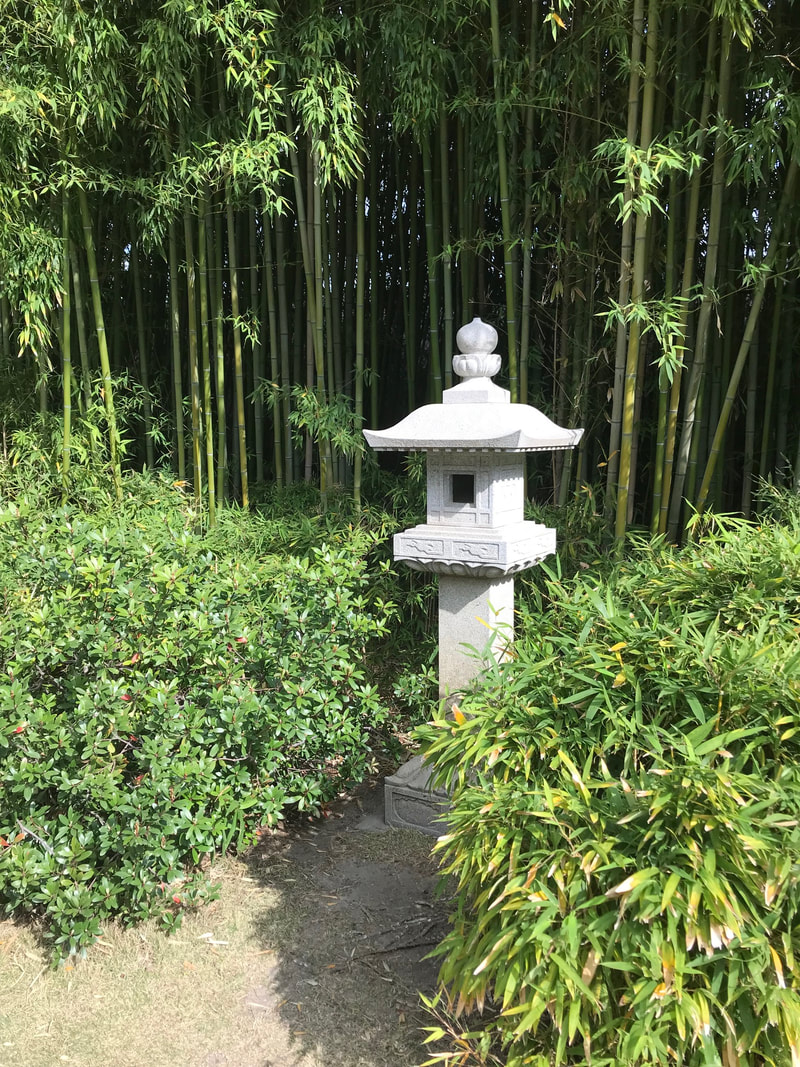
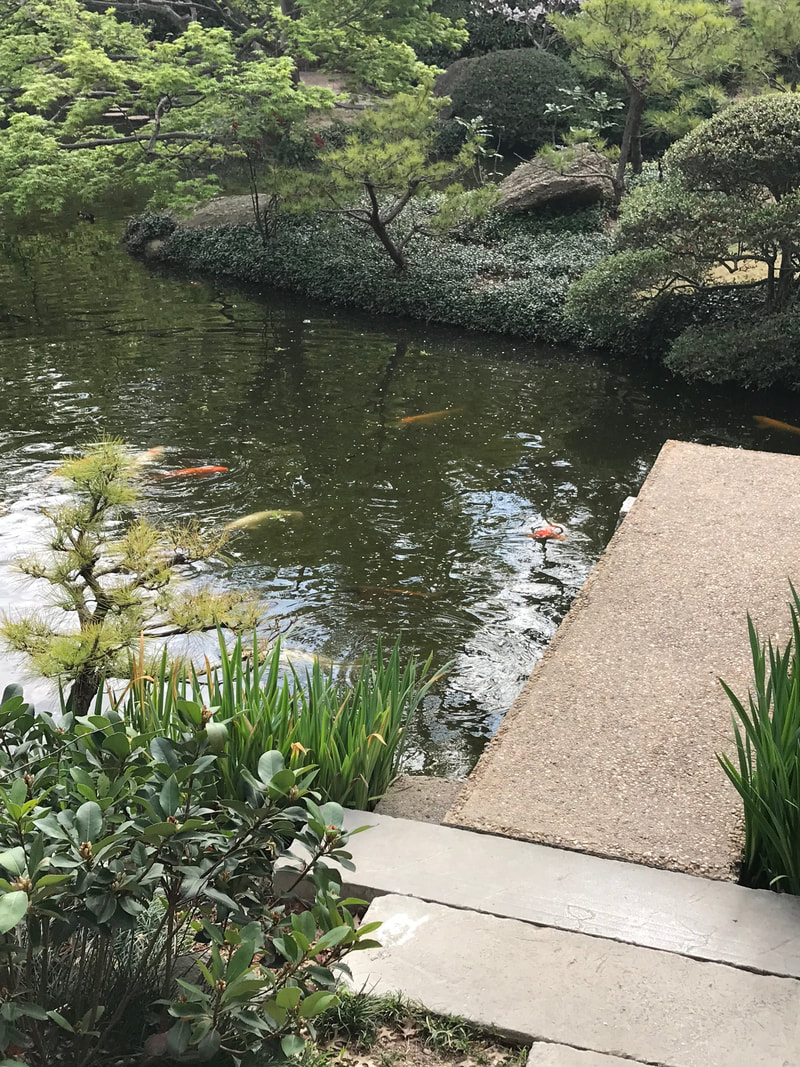
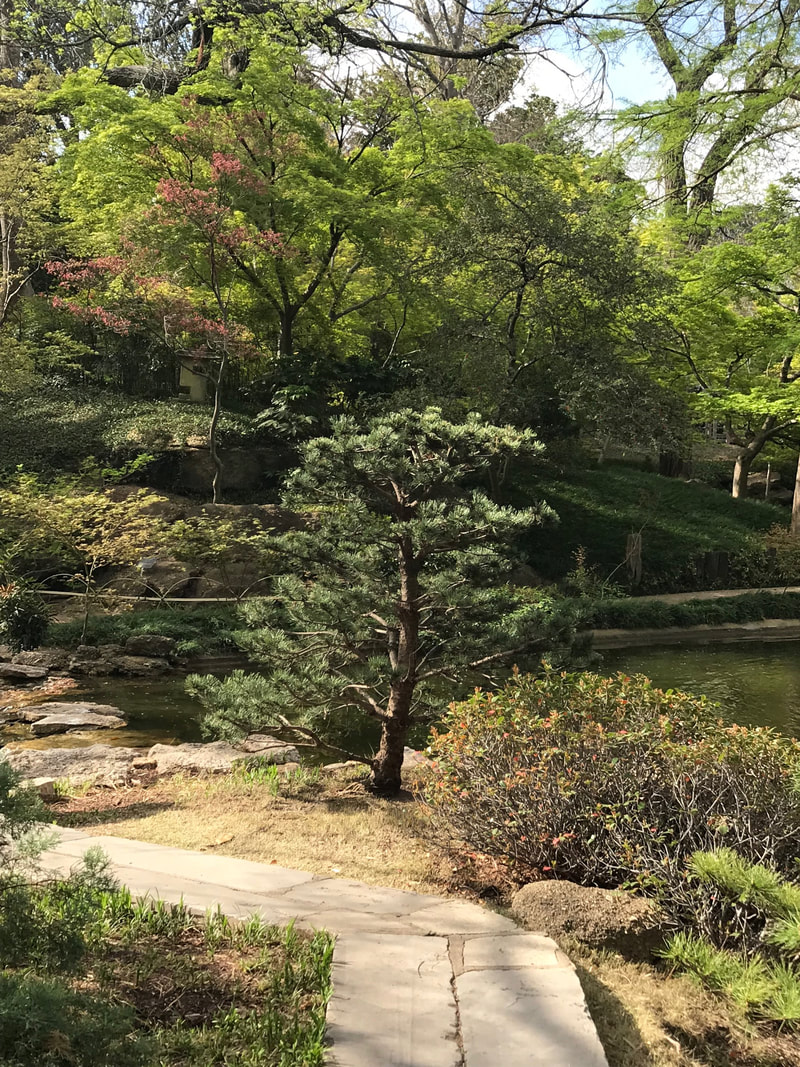






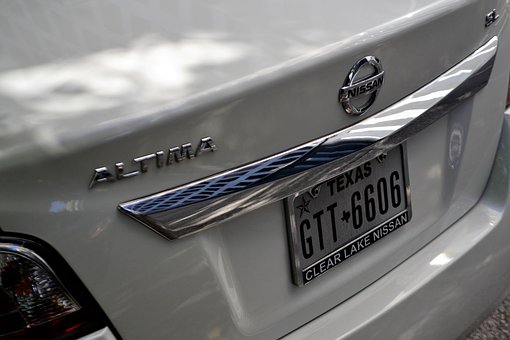
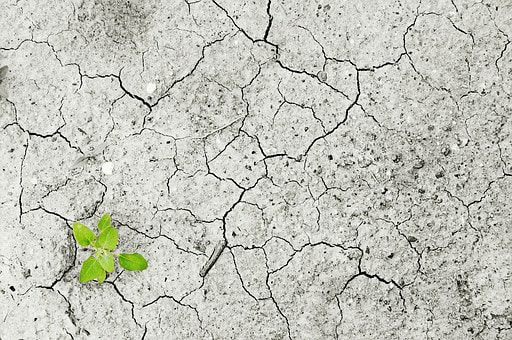


 RSS Feed
RSS Feed